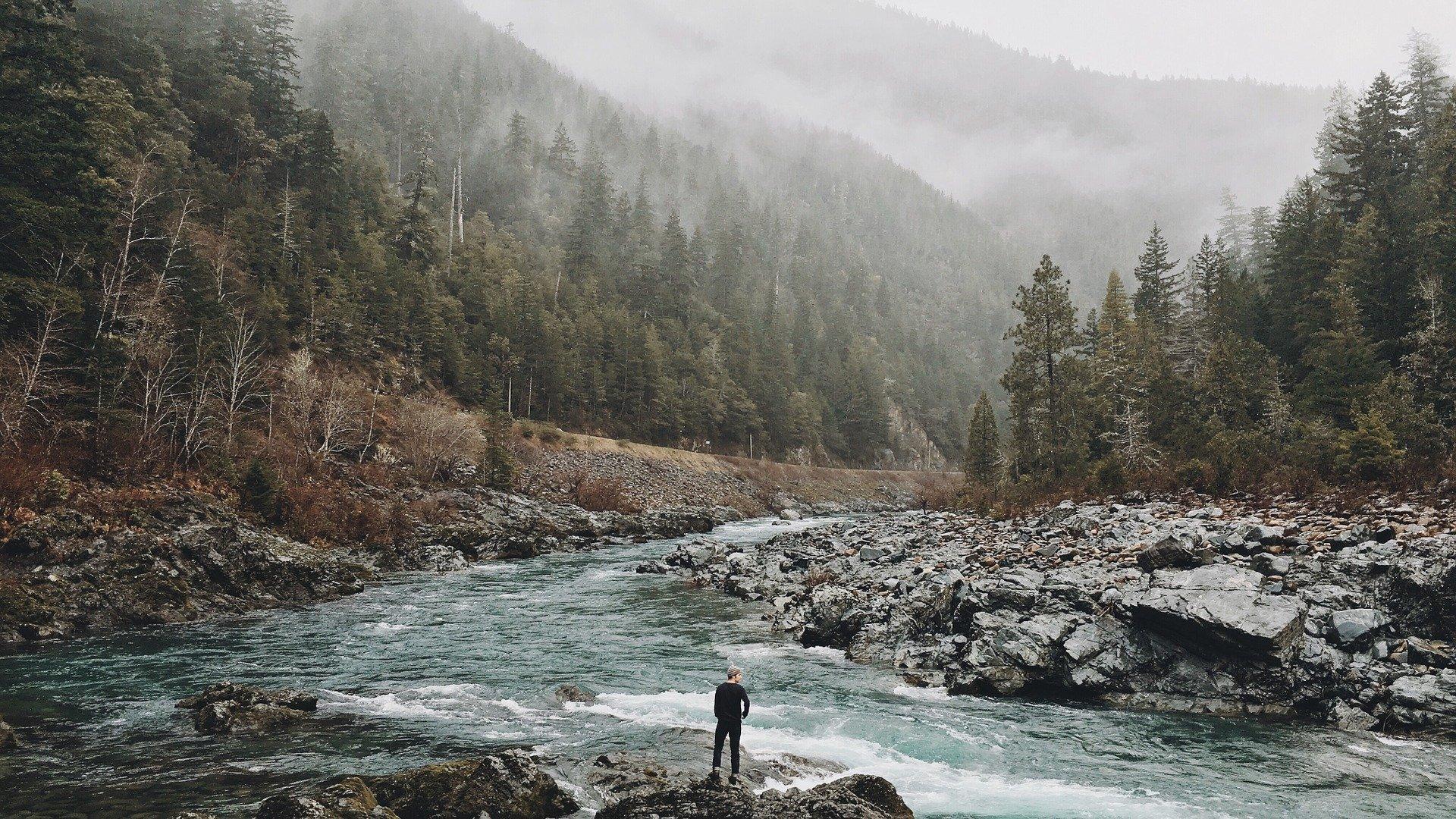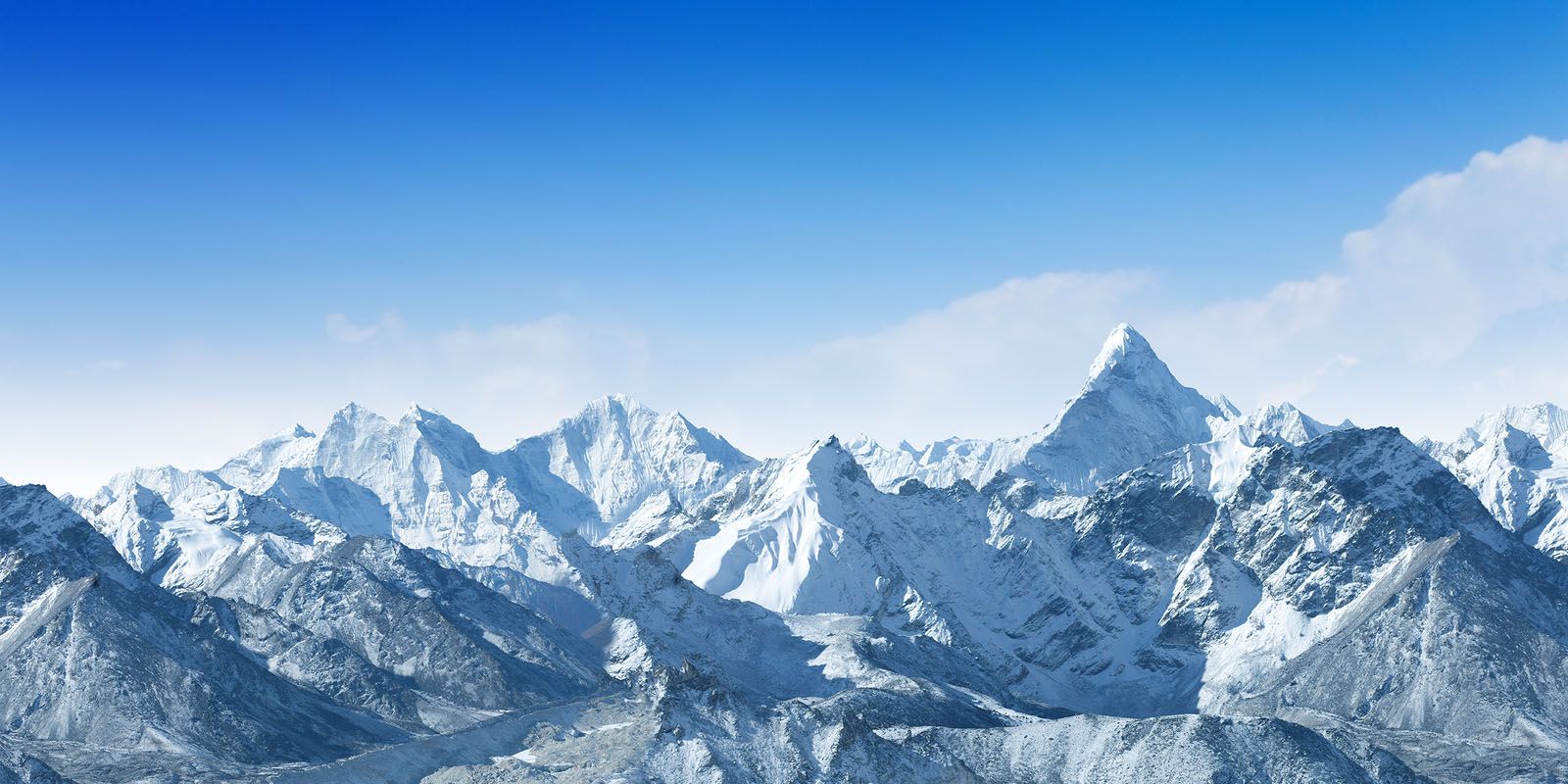When faced with adversity, we have three choices:
- Succumb to the idea that change is beyond our control
- Run from it, all-the-while knowing that it is still hidden somewhere inside of us
- Stare it directly in the eyes and rise above it
There is no greater feeling than that of proving to yourself that you can do hard things. In my life, I have faced many obstacles, whether it be overcoming my learning disabilities growing up with a speech impediment and dyslexia, or quite literally facing death as I scaled the highest peaks in the world. What got me to the top of Mount Everest (and through my climb of K2) is the same drive and determination that helped me get through school as a kid, and it is what has made me who I am today.
I am Bo Parfet and I am a mountaineer, naturalist, author, impact investor, and philanthropist. I cannot say that I ever expected my life’s work to include such a list, especially because I was kicked out of school more times than I care to admit. I am passionate about doing things that challenge me holistically and about exploring concepts, ideas, and places that may have otherwise remained uncharted territory.
Gaining a Broad Perspective
My professional experience in corporate finance led me to pursue and develop investment opportunities outside of traditional stock and bond investing. My personal ambitions have helped me evolve from a troublemaker youth into a person who cares deeply for our environment and humanity. Climbing mountains across the globe and seeing some of the world’s most impoverished communities enabled me to understand that we are all connected, and those of us that can, should serve others to strengthen each other as individuals and within our own communities.
I come from a long line of philanthropists, starting with my altruistic great-great-grandfather, Dr. William Upjohn. When I began preparing for my first climb, part of my mission was to give back to each of the communities I would visit. After doing some research and talking with some friends, I connected with the South African Institute of Race Relations (SAIRR), a wonderful organization that provides scholarships to kids in impoverished communities looking for opportunities to become doctors, lawyers, accountants, or excel in other professional occupations to better themselves and help improve their communities.
Connecting with SAIRR allowed me to raise enough money, about $12,000, to give two South African students medical school scholarships. Years later, I am still connected with these two individuals and am utterly impressed with their success.
You see, for me being an explorer is much more than climbing mountains for my own personal satisfaction. Being an explorer means that I really immerse myself in the parts of the world where my journey takes me. As I continued to make connections, I learned about an organization that unites explorers across the world, promoting the advancement of scientific discoveries to improve various aspects of our planet.

The Explorer’s Club
The Explorers Club was founded in New York City in 1904. It promotes the scientific exploration of land, sea, air, and space by supporting research and education in the physical, natural, and biological sciences. Famous members of the Explorer’s Club include Robert Peary, Matthew Henson, and Ootah, the first individuals to explore the North Pole, and Roald Amundsen, the first to the South Pole. Sir Edmund Hillary and Tenzing Norgay were the first explorers to summit Mount Everest. Even our famous moon-landing astronauts, Neil Armstrong, Buzz Aldrin, and Michael Collins were members of this illustrious group.
The Explorer’s Club provides expedition resources that include funding and member-to-member consultation. This member-to-member fellowship is probably the most powerful benefit in joining the Club. Once attaining membership, which requires your own participation in an expedition or scientific experiment of note, you are forever connected with a global network of expertise, technology, industry, and support.
There are many inspiring discoveries and daring expeditions that have come from members of the Explorer’s Club, two of which I want to share—Theodore Roosevelt’s decent down the Amazon’s River of Doubt in 1914, and the heroism of Ken Kamler during the 1996 Mount Everest Disaster. The adventurous and altruistic spirit of both men epitomize what it means to be part of the Explorer’s Club, and I am fortunate to be among their ranks.
Roosevelt’s River of Doubt
Theodore Roosevelt was one of the United States’ most remarkable presidents. Following his presidency, Roosevelt embarked on one of the most daring and challenging adventures in history. He and a team journeyed through the jungles of the Amazon and down an uncharted tributary, the River of Doubt. Dodging tropical illness, deadly animals and insects, and near starvation that caused many team members to perish, Roosevelt completed the mission with just two other men—his 23-year old son, Kermit, and naturalist George Cherrie.
After a two-month trek, fighting for his life every step of the way, Roosevelt and his team succeeded on their journey. The environmental and geographical discoveries that his team chronicled have been confirmed at least twice over. The Brazilians even changed the name of the River of Doubt to the Roosevelt River.
Ken Kamler, “Doctor on Everest”
Dr. Ken Kamler is an Everest legend. He is a mountaineer, hand surgeon, and expedition medic and his heroic selflessness allowed him to save ten lives on one fateful day in May 1996. Kamler is known as the “Doctor on Everest” after forfeiting his own summit bid to tend to injured and dying climbers caught in a whiteout on the world’s highest peak.
As the only doctor on the mountain during one of the mountain’s worst ever storms, Kamler took on the responsibility to help evacuate two teams that had gotten stuck, injured, and ill as the storm barreled its way through. The ten days that Kamler spent on the mountain during that storm was one of the most difficult things he had faced during his history as an expedition medic. Some call it a miracle, others call it true grit. I call it both.
My Acceptance into the Club—The Discovery of New Life
Soon after I returned from my first trek up Kilimanjaro, I began attending live lectures hosted by the Explorer’s Club. I was fascinated by the discoveries that the members of this group had made. It wasn’t until almost two years later, in early 2005 that I was finally accepted into the Explorer’s Club after returning to Kilimanjaro to complete a scientific expedition to prospect extremophiles in one of the mountain’s vast, arid craters.
Researchers at Indiana University estimate there may be one trillion species living on Earth, concluding that only one thousandth of one percent have been identified. Within the number that has yet to be identified, is a group of organisms known as “extremophiles”. Extremophiles are organisms with the ability to thrive in extreme environments under high pressure or acute temperatures. Discovering and studying these organisms can help identify at which range of conditions life is possible. Extremophiles and their chemical makeup show great promise for developing genetically based medications and industrial chemicals and processes with beneficial applications for humanity.
Our Explorer’s Club team-which included my friend, Emmy award-winning producer, author and, at the time President of the Explorer’s Club, Richard Wiese-summited to the top of Kilimanjaro to explore the 1.5 mile-wide crater of the Kibo volcano. We would take soil samples and GPS readings, while also collecting photographic evidence and documenting ground temperature and depth for each sample. At various points along that crater, temperatures would reach between 180-220 degrees Fahrenheit and we would go on to discover 29 new species of microorganisms, all thriving in an arid atmosphere flooded with ultraviolet light at an elevation of 19,340-feet.
It was determined from identifying these new species that their protective makeup could also aid in commercial processes, such as preventing house or car paint from fading under similar intensities of light. Completing this bioprospecting expedition earned our team recognition on the cover of Outdoors Magazine, and earned me acceptance as a member of the Explorer’s Club.
Being part of the Explorer’s Club is humbling and an honor. The recognition is one that drives me to constantly push myself to work harder and to work for what is good. In 2013, my wife Meredith and I founded Denali Venture Philanthropy with this goal in mind.
Denali Venture Philanthropy is an investment fund that uses well-established portfolio fundamentals to make debt and equity investments in for-profit companies, non-profit organizations, and social impact funds.
With the connections that I made with my teammates and within the communities in the countries I have been fortunate to visit, my understanding for the universality of the human experience has broadened. Denali Venture Philanthropy understands that market forces can, if implemented correctly and fairly, act as a strong mechanism for addressing significant global issues by raising education levels, improving access to quality healthcare, decreasing poverty, and protecting the environment.
mountains -DepositPhotos


